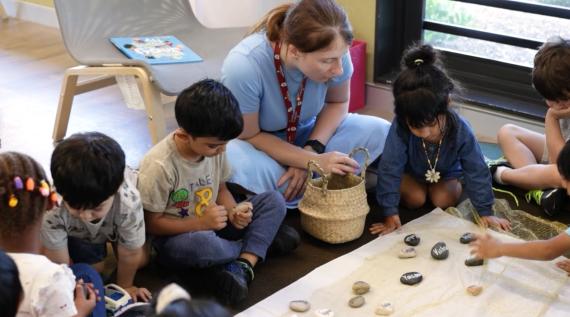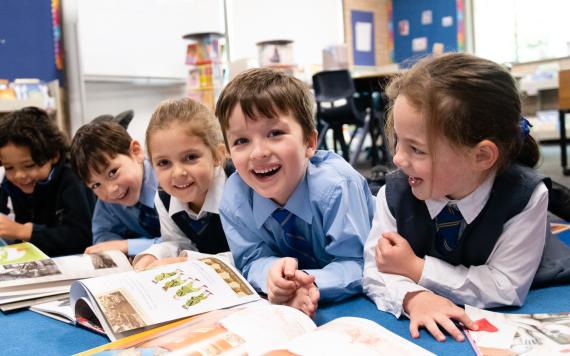“Wellbeing positively influences student learning outcomes, and success in learning enhances student wellbeing.”
- Australian Student Wellbeing Framework, Education Services Australia 2018
Belonging
Creating a sense of belonging in the classroom, home and community supports children to thrive in their early years of life.

Spiritual Child
It is important for children to know that they are loved by God, their family, and their teachers.

"Wonder is the desire for knowledge."
St Thomas Aquinas
